Did you know that a daily 30-minute brisk walk can help you stay fit by strengthening your bones, improving your cardiovascular health, and enhancing your muscle power and endurance? Well, walking is a less strenuous exercise with surprising benefits. It is a great way to relieve joint pain, lower your risk of diabetes and high blood pressure, and uplift your mood.
Now, unlike other forms of exercise, walking requires no special equipment or training. And you can walk indoors or outdoors, any time of day and night. However, your choice of shoes matters. A proper walking shoe will help you maintain the recommended posture while walking.
Moreover, walking shoes aim to support your foot mechanics on long or short walks. They are larger than regular shoes. Plus, they opt for an ergonomic design to prevent injuries or specific foot conditions. You also need to wear proper shoes for walking to support your pressure points and protect your soles from pocking roots and rocks. In addition, these walking shoes use specialized lacing to prevent heel blisters.
Running shoes have a sturdier construction to handle more strain from runners as they get airborne when turning over from one foot to the other. In contrast, walkers always have at least one foot on the ground, putting less strain on their feet and the rest of the body. For this, running shoes have several qualities that make them ideal for walking. These include cushioning midsoles, lightweight and breathable uppers, secure lacing systems, and durable materials.
So, is it okay to buy running shoes for walking?
In this detailed guide, we compare the benefits and advantages of both shoes and give our verdict on this old-age debate. Let’s dive in!
Understanding the Difference Between Running Shoes and Walking Shoes
The best way to differentiate between running shoes and walking shoes is by focusing on what they prioritize. Running shoes cater to high-intensity gaits like jumping, jogging, running, and sprinting. They prioritize protecting the runner from hard impacts and keeping them flexible and stable on varying terrains. In contrast, walking shoes focus on low-intensity gaits, like standing and walking. In turn, they prioritize comfort and durability.
Here are the six main differences between running shoes and walking shoes:
-
Weight
Running shoes have a lighter overall construction than walking shoes. This design minimizes the weight pulling on the runner’s feet as they run. That way, runners can use optimal energy to run for an extended time without getting tired. Walking shoes have a lightweight design. But, they are much heavier than running shoes to keep the feet stable and supported throughout a slower, consistent, and steady pace.
-
Heel-to-Toe Drop
Walking shoes use beveled heels with a lower heel-to-toe drop. These are curved heels with no protrusion to match the shape of the heel bone. They assist in rolling the foot forward for efficient walking. On the contrary, running shoes have a thick posterior heel flare to keep the runner in a forward-leaning posture. The higher heel-to-toe drop cushion the heel to prevent injuries such as shin splints and tendinitis.
-
Outsole Tread Design & Pattern
The outsole guarantees critical traction and stability for different foot strike patterns when walking and running. A more flexible outsole with shallow flex grooves and a less aggressive tread pattern supports a forefoot and midfoot strike for a steady and consistent walking gait. In contrast, running shoes have deeper flex grooves and a more aggressive tread pattern supporting a rearfoot strike. The stiffer outsole has better traction on vast surfaces.
-
Motion Control and Stability
Runners rotate their feet more when in motion. As a result, they rely on stiffer shoes with a stable platform to control the foot rotations during a step. In contrast, walking involves fewer foot rotations. And individuals require minimal input from the shoes for motion control when walking. Hence, walking shoes have a softer and more flexible design for a natural walking gait.
-
Zones of Cushioning
Both running and walking shoes have ample cushioning midsoles for optimal shock absorption. However, running shoes have their cushioning focused at the heel, midfoot, and forefoot to cater to the three possible foot strike patterns when running. And, since most walkers are heel strikers, sporting brands create walking shoes with ample padding at the heel area. Further, running shoes have lighter cushioning than walking shoes to minimize drag and facilitate faster strides.
-
Breathability
Most brisk walks are low-intensity workouts where feet remain cool and dry. But running may result in sweaty feet, depending on the distance and speed of the race. For this, runners need well-ventilated shoes to keep their feet cool and dry. Such shoes use a lightweight mesh upper for maximum airflow.
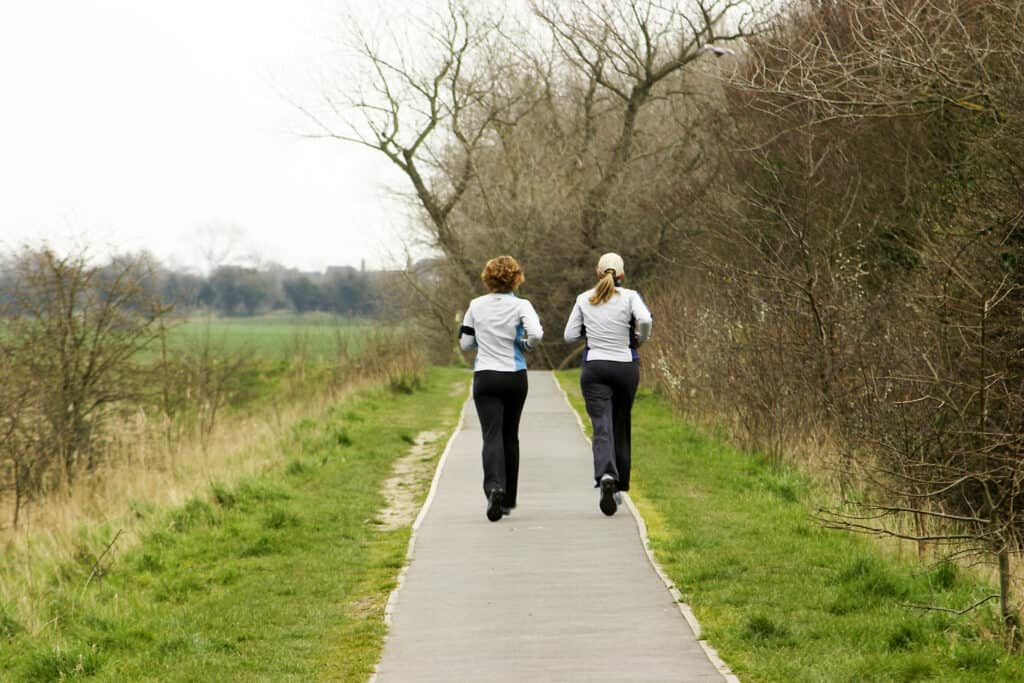
Advantages of Using Running Shoes for Walking
From the above discussion, it is clear that running shoes differ significantly from walking shoes. Hence, running shoes are not suitable for walking and vice versa. Still, if you are a fitness walker, you can benefit from wearing running shoes with traits that meet your needs. Here are the top three characteristics of running shoes that could make them suitable for walking:
-
Built to Last
The standard lifespan of running shoes is between 300 miles and 500 miles on vast terrains. In contrast, walking shoes last up to 500 miles, but only when used on even surfaces like concrete. In turn, running shoes have a sturdy ergonomic design for high-intensity activities on harsh terrains. These shoes use durable components like reinforced uppers, traction rubber outsoles, and compound midsoles to withstand stress and abrasion from poor handling and extreme weather.
-
Cushioning & Impact Distribution
Athletes hit the ground at the midsole and forefront areas when running. Hence, good running shoes will have targeted cushioning to absorb maximum impact and prevent joint injuries. In contrast, we roll our feet from heel to toe when walking. Hence, walking shoes have their cushioning aligned along all the pressure points. The three most common cushioning technologies for running shoes are:
-
ADIDAS Boost Technology
Adidas introduced the Boost Technology cushioning system in 2013 to elevate the running experience. It features tiny foam energy capsules that save and return energy to the feet on impact. Moreover, it is a weatherized layer that stays cool in hot and cold climates. And it has a flexible and durable construction to keep you comfortable for several seasons.
-
ASICS GEL™ Technology
GEL™ Technology is one of the pioneer cushioning systems for running shoes, introduced by ASICS in 1986. As the name suggests, the technology comprises a gel aligned at the forefoot and rearfoot. It minimizes vibrations during a heel strike, facilitates smooth transitions, and keeps the runner comfortable during long-distance races. Also, the midsole has foam reinforcements guaranteeing comfort when walking, training at the gym, or engaging in other physical activities. Hence, running shoes using the GEL™ Technology have better stability, enhanced comfort, and a more natural feel.
-
NIKE ZOOM Technology
Finally, NIKE introduced ZOOM Technology in 1995 for speed and agility. It is a foam technology comprising pressurized air within tightly stretched fibers that absorb vibrations and snap back in motion when running. Nike Zoom makes running shoes responsive for better control, speed, and performance.
-
Support and Stability
Uneven weight distribution or rolling ankles when walking or running can cause pain and injuries or trigger such foot conditions as flat feet, corns, calluses, Plantar Fasciitis, and Cavus Foot. Hence, ensure your shoes have adequate arch support to facilitate an upright posture and balanced stride. Unlike walking shoes, most running shoes have varying levels of arch support for persons with low, medium, and high arches. The shoes utilize accessories like arch bands and medial posts to prevent overpronation when walking.
Limitations of Using Running Shoes for Walking
If you intend to use running shoes for walking, start by assessing your foot type and walking needs. Despite having numerous benefits, running shoes have the following limitations when used for walking:
-
Unnatural Stance
Since traditional running shoes have a higher heel-to-toe drop, they keep you in an unnatural stance when walking or pausing in between walks. It feels like standing for prolonged periods on high heels. The abnormal posture puts unnecessary pressure on the forefoot, leading to injuries and foot problems like Achilles tendonitis, bunions, and knee and back pain. Always opt for running shoes with zero heel-to-toe drops when walking.
-
Higher Price Point
Generally, running shoes cost more than walking shoes. The price difference is due to the added features in running shoes to guarantee support, flexibility, and performance. Start by determining what benefit you seek in the running shoes you want. Then, weigh the benefit against the extra cost of the shoes.
-
Aggressive Tread Pattern
Wearing running shoes with deeper lugs can result in premature wear and tear on smooth surfaces. Running shoes have rugged outsoles for trails and uneven terrains. Their aggressive tread design causes unnecessary friction on sidewalks, stairs, and indoor tracks. Besides, running shoes wear out faster when used exclusively for walking. Since the outsole designed for repetitive impact remains underutilized, it degrades faster and compromises your overall comfort and support.
-
Improper Fit
Running shoes aim to fit runners in a certain way. For example, the uppers may have a 3D knit print to create a seamless one-piece fit that flexes and supports the feet when running. Likewise, the ankle collar may have thick padding protecting the Achilles tendon from irritation. And some running shoes have a reinforced saddle holding the shoe securely on the foot to prevent slippage on long strides.
The fit considerations can be a disadvantage if you wear running shoes for walking. For example, the thick ankle collar padding and reinforced saddle may compromise comfort for performance. And running shoes with generous heel and forefoot cushioning may feel uncomfortable for midfoot strikers. Consider your foot characteristics like arch height and foot width to determine if you will achieve the expected snug fit you want from the running shoes.
-
Inappropriate Weight and Flexibility Designs
Running shoes with lightweight and more flexible construction lack the drag to keep you stable and consistent on slow-paced walks. Sometimes if you wear running shoes for walking, you may need to add an insert to improve your stability.
-
Limited Style & Personal Preferences
Walking shoes are in vast designs and color combinations for comfort and style. They appeal to casual wearers and can double up as daily commute shoes. In contrast, proper running shoes adhere to strict standards to ensure they are fit for high-intensity workouts. These shoes lack such aesthetics as luxurious leather uppers, chunky platforms, and personal branding and embroidery. Hence, you may have to pay more to customize your running shoes and reflect your style and personal preference.
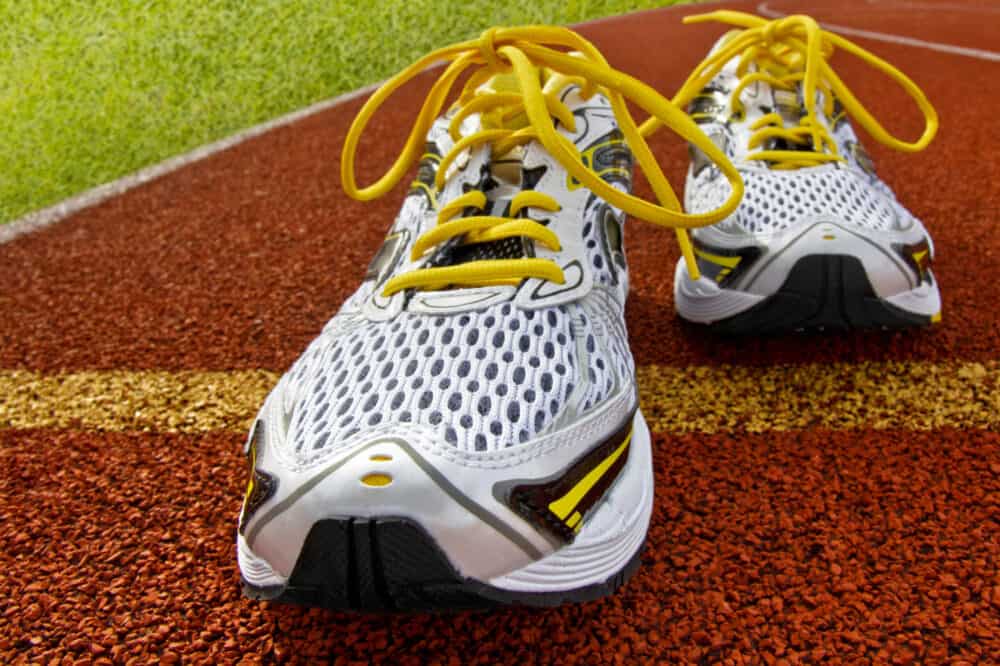
Considerations for Choosing Running Shoes for Walking
If you decide to wear running shoes for walking, consider the following attributes to ensure they pass the basic requirements:
-
Recommended By An Expert
Seek professional advice on running shoes ideal for walking, especially if you have an underlying foot condition. Most sporting goods stores will have an expert you can talk to about your walking needs and foot characteristics. The shoe expert will recommend running shoes based on the sporting brands, target foot types, expected health and workout benefits, and individual preferences.
And, if you have a pre-existing foot condition, seek advice from a certified medical professional.
Next, regularly assess your running shoes to ensure they protect, support, and keep your feet comfortable. Discontinue wearing running shoes for walking if you start having pain and discomfort. Lastly, book an appointment with your podiatrist to review your shoe selection and make any necessary adjustments.
-
Walking Style and Terrain
Where do you intend to walk in the running shoes, and for how long? Walking off-road or on uneven surfaces requires trail running or cross-training shoes with ample stability and traction. These running shoes have rugged outsoles and stiffer midsoles to cope with bumpy trails.
On the contrary, use road running shoes for occasional walks on treadmills, the road, tracks, or along the sidewalks. Road running shoes are light and flexible with a flatter and smoother sole consistent with paved roads. And if you will embark on long walks, ensure the midsole and outsole are durable and in great shape.
-
Stability
Your choice of running shoes for walking should have ample lateral support. To confirm this, try bending or twisting the shoe in your hands. Observe how fast it restores its shape and form. A shoe with good lateral support will neither bend nor twist easily.
-
Cushioning
Do the running shoes you want have ample cushioning for the entire foot? If not, you may need to add inserts to get the support and stability necessary for walking. On the flip side, if the running shoes have excessive cushioning, it will distort your walking gait. With time, you may develop joint pains and fatigue faster during long walks.
-
Comfort and Proper Fit
Walking shoes prioritize comfort and snug fit. Hence, ensure your running shoes have such components as a thick foam midsole, a wide toe box, and plush and breathable uppers. The thick foam midsole creates a pillowy landing. The wide toe box gives you ample space to wriggle your toes. And the breathable uppers hug your feet and keep them dry and well-ventilated.
-
Cosmetic or Functional Defects
Finally, check for cosmetic or functional defects in your choice of running shoes. You may overlook cosmetic flaws like a lighter color shade. On the contrary, wearing running shoes with functional defects can cause serious foot injury or trigger specific foot complications. Moreso, wearing shoes with visible functional defects is being negligent. You may struggle to claim a refund or damages for injury afterward.
Finally, confirm that the running shoes have the listed technical specifications. Inspect them to confirm the shoe size, width, heel drop, stack height, padding, midsole, insole, grip, color, and materials. Ensure you have all the listed accessories, like shoe inserts and lacing. Next, check for any signs of wear and tear or manufacturer defects and use the return policy to replace them.
Conclusion
The design, support, flex, and overall performance of running shoes differ from walking shoes. Running shoes are lighter, more flexible, and have a wider heel-to-toe drop. Plus, their cushioning system is either at the heel, midfoot, or forefoot area to cater to the varying running gaits. On the other hand, walking shoes are stiffer, with lower heel-to-toe drops for a natural walking style. These shoes prioritize comfort and support instead of speed and performance. Hence, they retail with minimalistic features and at a lower price point.
If you are a runner who wants to go on occasional walks, you can use your running shoes for short walking distances. Likewise, fitness walkers can tap into the numerous benefits of running shoes, like durable design, dedicated cushioning, ample support, and comfortable fit.
Still, running shoes perform best when used for their intended purpose. When used exclusively for walking, you may have to deal with pain and discomfort as your feet get used to the shoes.
The best way to swap walking shoes for running shoes is by seeking professional advice. Also, do background research to assess your foot characteristics, walking style, terrain, and expected benefits from wearing running shoes. Ultimately, individual preference determines if and when you will use running shoes for walking.


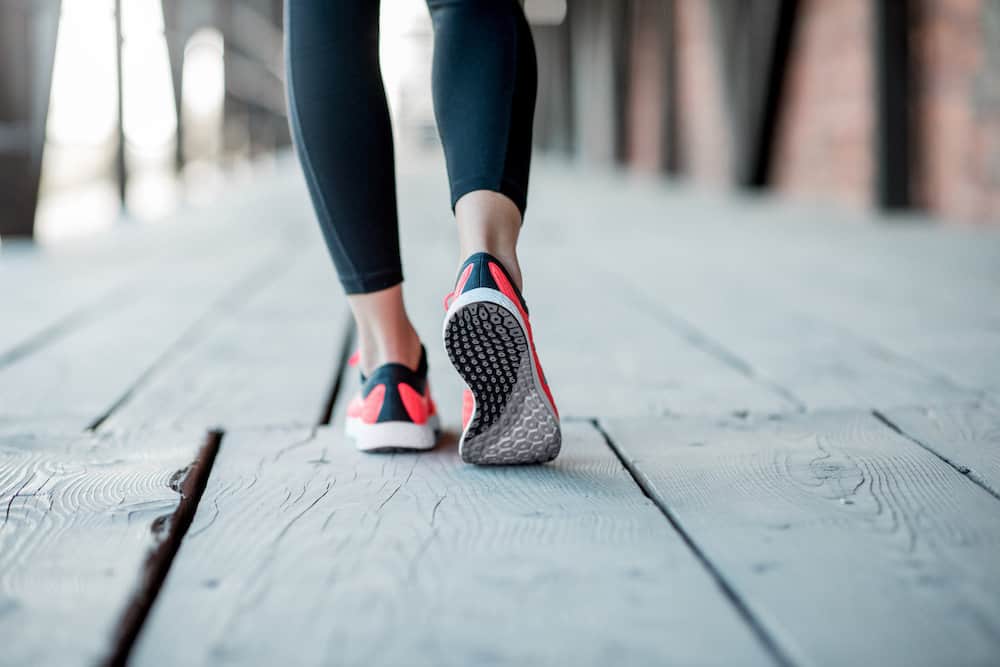

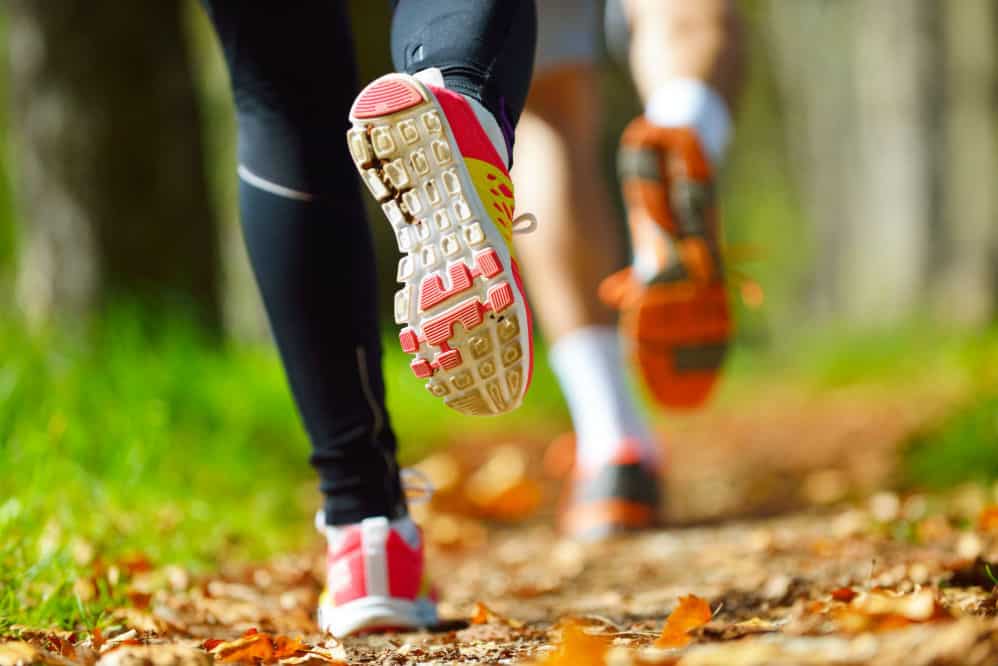
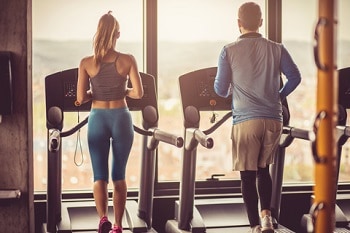
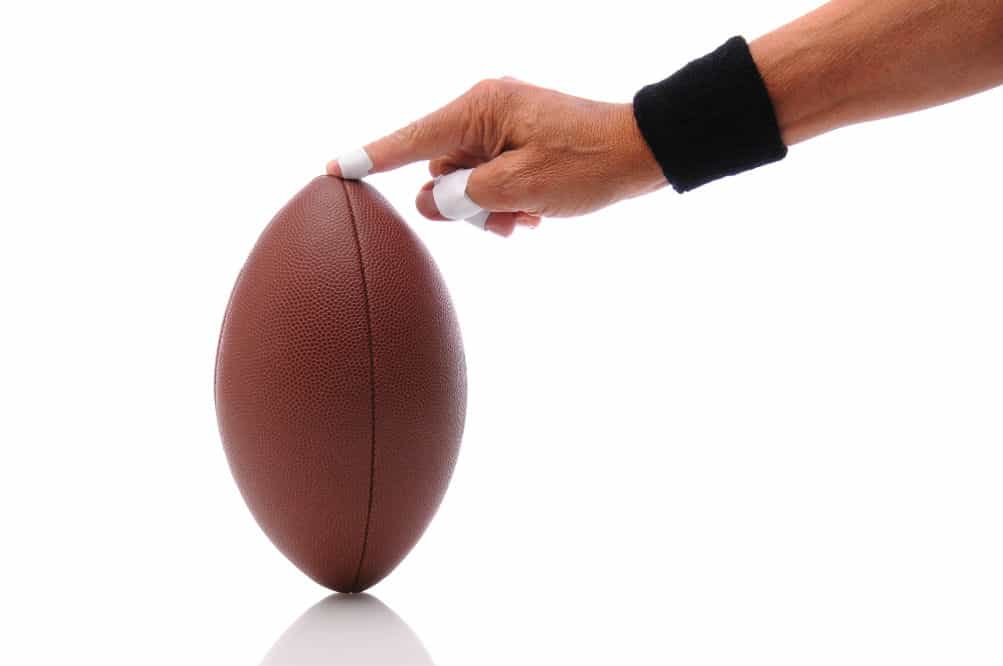


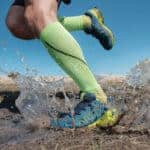


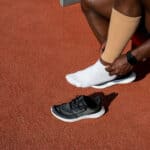

Thanks for the good article! I like to walk almost every day from 1 to 3 o’clock. I’ve been wearing Skechers for the last few years. I’m used to them, but soon it’s time to change them, because they are worn out. I can’t decide what to do – buy the same ones or buy walking shoes. Also, I have some back problems. After reading this article, I decided that maybe I should consult an orthopedist for advice.
Hi, Hanna, and thank you.
Thank you for your kind words.
Walking is, and I am never tired of the stress that part, a great form of training! 2 hours of the day show you are in good form.
But your idea is wise; when we have a problem, it is good to let a pro look at it.
Because you mention Skechers for walking, you will be interested in this post.
Great to hear about the benefit of the article too.
Don’t hesitate to contact me to help you with anything else or if you have any questions.
Wow so much information I didn’t know about running/walking trainers. I didn’t know there was so much to consider. Very helpful and informative article thank you. How often would you say you should replace running shoes. I’ve had mine for quite a while now, they still look in good shape but maybe they aren’t giving the right support after a few years of use.
Hi, Andy, and thank you.
Thank you for your kind words.
Replacing running shoes every 300 to 500 miles or every six months, whichever comes first, is generally recommended. But there are many factors you need to consider, the runner’s weight, running style, and the type of terrain the shoes are used on.
So sometimes it is longer or even less. We wrote an article about it which you can see here.
Great to hear about the benefit of the article too.
Don’t hesitate to contact me to help you with anything else or if you have any questions.